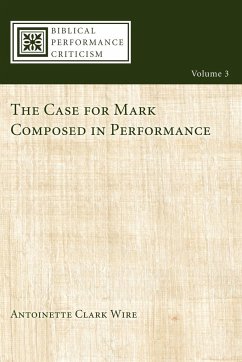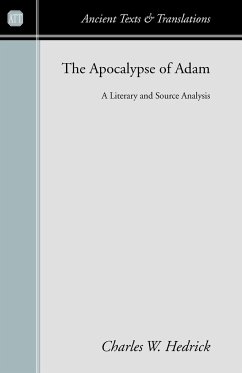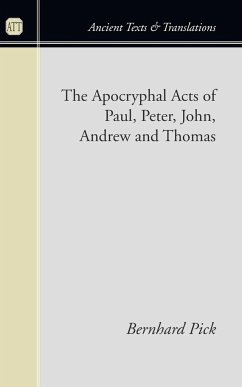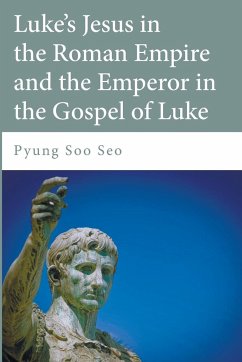
Unlocking the Secrets of the Gospel according to Thomas
Versandkostenfrei!
Versandfertig in 1-2 Wochen
24,99 €
inkl. MwSt.
Weitere Ausgaben:

PAYBACK Punkte
12 °P sammeln!
This translation of the Gospel of Thomas represents a departure from the usual literal English of previous publications. It aims at providing a reader-friendly translation of the original Coptic language in contemporary idiomatic English, while remaining true to the complexities of the Coptic. The commentary seeks to clarify each saying as it likely would have been understood in the historical context of the Coptic language during the period of Thomas's popularity in Egypt. The sayings in Thomas in this period are no longer sayings of the Jewish man Jesus of Nazareth, but they have become sayi...
This translation of the Gospel of Thomas represents a departure from the usual literal English of previous publications. It aims at providing a reader-friendly translation of the original Coptic language in contemporary idiomatic English, while remaining true to the complexities of the Coptic. The commentary seeks to clarify each saying as it likely would have been understood in the historical context of the Coptic language during the period of Thomas's popularity in Egypt. The sayings in Thomas in this period are no longer sayings of the Jewish man Jesus of Nazareth, but they have become sayings of a revelation bearer, the living Jesus, who announces a radical faith for a new age of the church. The historical matrix that best serves to inform the text is found in a continuation, albeit in a radical direction, of the traditional faiths represented in the earliest Christian literature.













